Email sales@AllianceChemical.com for 24/7 Expert Support
-
512-365-6838
-
Ethylene Glycol ACS Grade
Category : Glycols
$20.85
Liquid error (snippets/product-blocks line 100): divided by 0
Off
Unit price
/
Shipping Notice: Possible Hazmat Fees
💡 Smart Shipping Tip: Quart & Liter Sizes Often Avoid Hazmat Fees
This size may be classified as hazmat and can incur additional carrier fees. See shipping guide
- ✅ Good news: 1 Quart containers qualify as "Limited Quantity" and bypass hazmat rules
- 💡 Pro tip: Order multiple 1 Quart containers to avoid hazmat fees entirely
- 💰 Hazmat fees can get expensive - especially for larger containers (carrier charges, not our markup)
- 🚚 Ground shipping only - no expedited options for sizes over 1 Qt/1L
Required by 49 CFR § 173.150 for chemical containers larger than 1 quart. Actual fees shown at checkout. View our complete shipping guide →
✅ Great Choice! No Hazmat Fees
1 Quart containers qualify as "Limited Quantity" and avoid hazmat shipping fees.
- 🚀 Faster shipping: Eligible for expedited shipping options including air transport
- 💰 No hazmat fees: Ships as "Limited Quantity" per DOT regulations
- 📦 Convenient size: Perfect for testing or smaller applications
- ♻️ Smart choice: Order multiple quarts to get the volume you need without hazmat charges
Exempted under 49 CFR § 173.150 Limited Quantity provisions for containers ≤1 liter/quart. Learn more in our shipping guide →
Quantity
Size:
Variation:
-
$20.85Delivery every$19.81
-
$27.06Delivery every$25.71
-
$36.29Delivery every$34.48
-
$50.58Delivery every$48.05
-
$40.07Delivery every$38.07
-
$61.05Delivery every$58.00
-
$99.55Delivery every$94.57
-
$3,028.78Delivery every$2,877.34
-
$152.74Delivery every$145.10
-
$580.18Delivery every$551.17
-
$4,118.31Delivery every$3,912.39
-
$373.52Delivery every$354.84
-
$1,044.84Delivery every$992.60
-
$3,320.60Delivery every$3,154.57
-
$3,824.31Delivery every$3,633.09
-
$4,359.71Delivery every$4,141.72
$20.85
Liquid error (snippets/product-sticky-blocks line 69): divided by 0
Off
Unit price
/
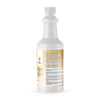
Ethylene Glycol ACS Grade
$20.85
Liquid error (snippets/sticky-product line 56): divided by 0
Off
Unit price
/
Size:
Variation:
-
$20.85Delivery every$19.81
-
$27.06Delivery every$25.71
-
$36.29Delivery every$34.48
-
$50.58Delivery every$48.05
-
$40.07Delivery every$38.07
-
$61.05Delivery every$58.00
-
$99.55Delivery every$94.57
-
$3,028.78Delivery every$2,877.34
-
$152.74Delivery every$145.10
-
$580.18Delivery every$551.17
-
$4,118.31Delivery every$3,912.39
-
$373.52Delivery every$354.84
-
$1,044.84Delivery every$992.60
-
$3,320.60Delivery every$3,154.57
-
$3,824.31Delivery every$3,633.09
-
$4,359.71Delivery every$4,141.72
Ask a question
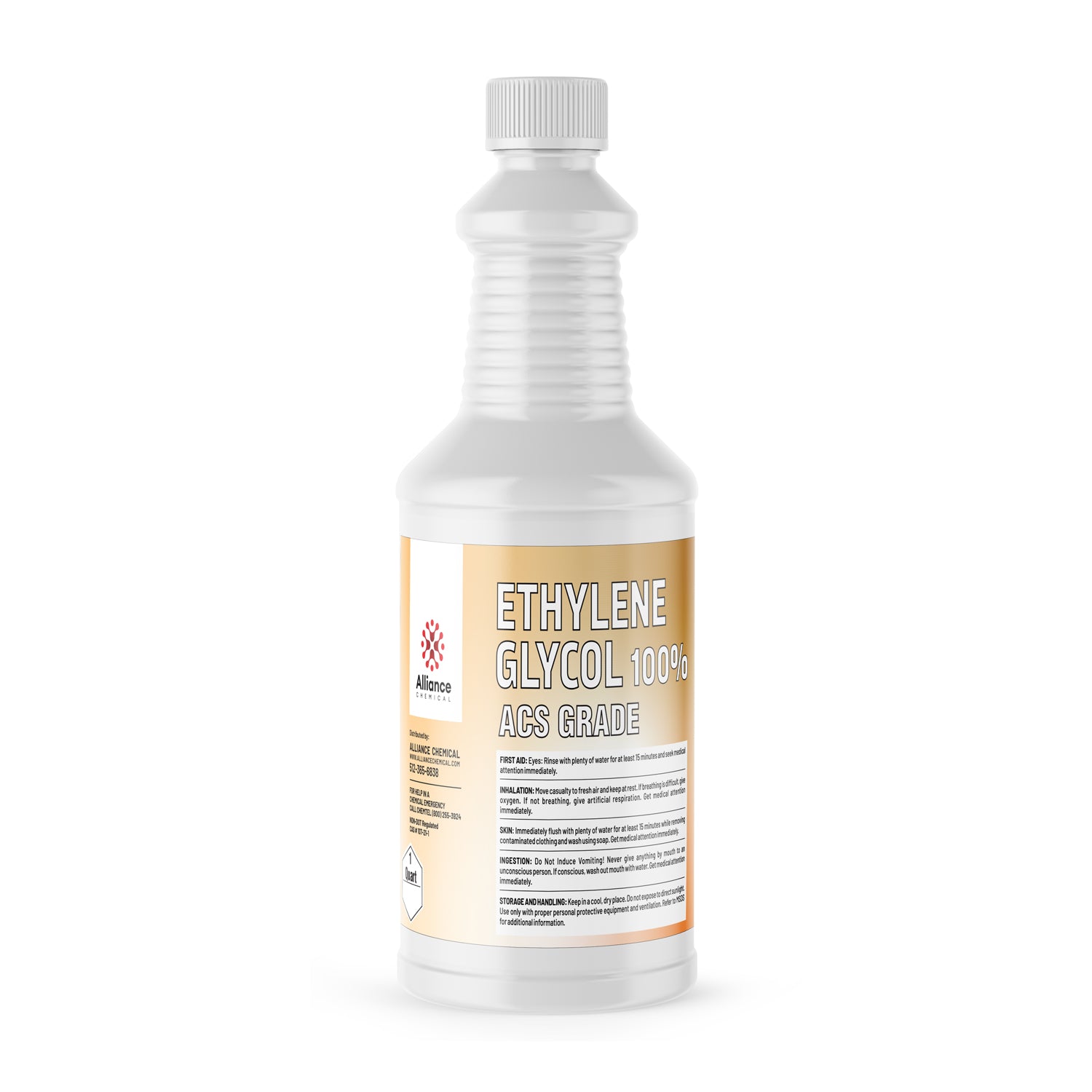
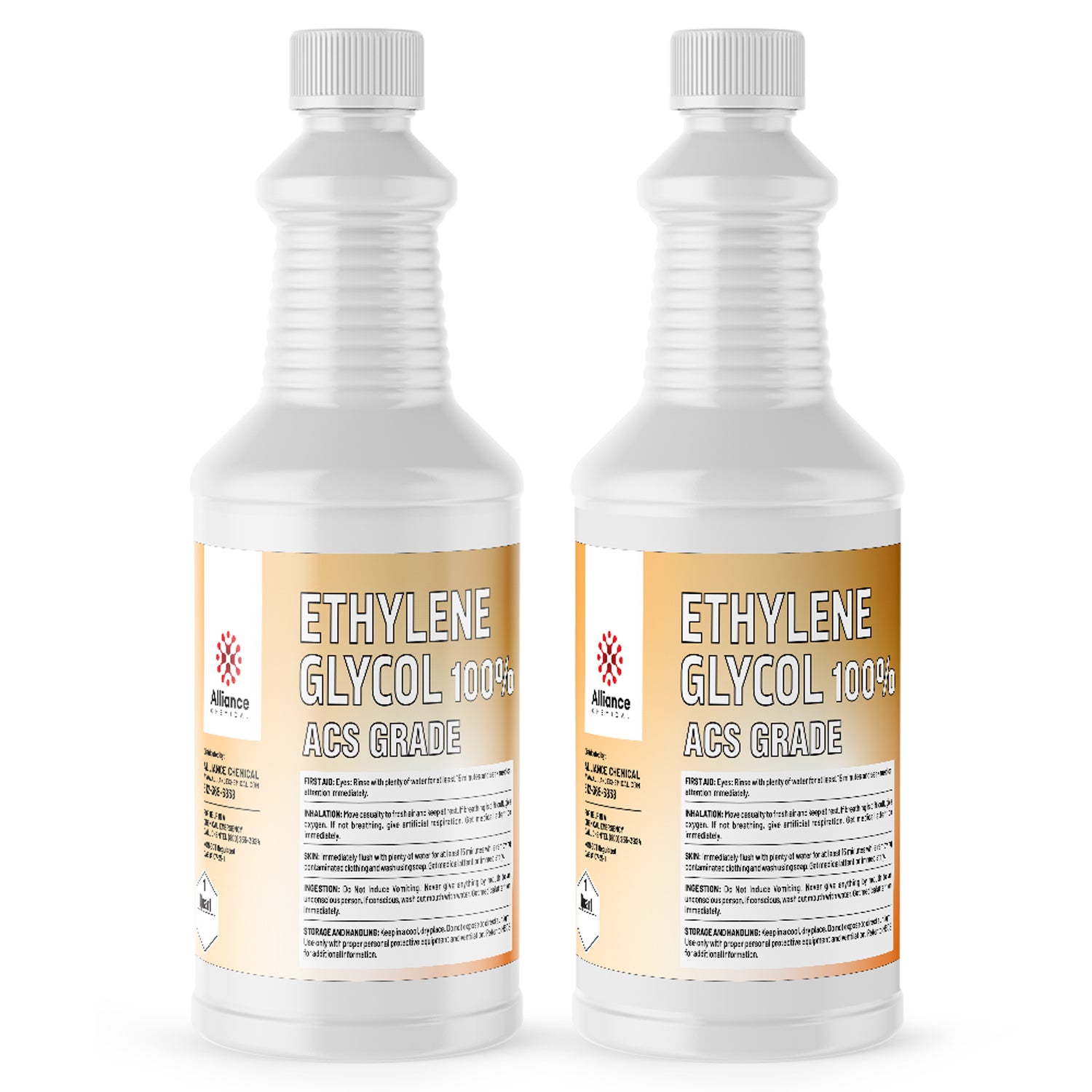
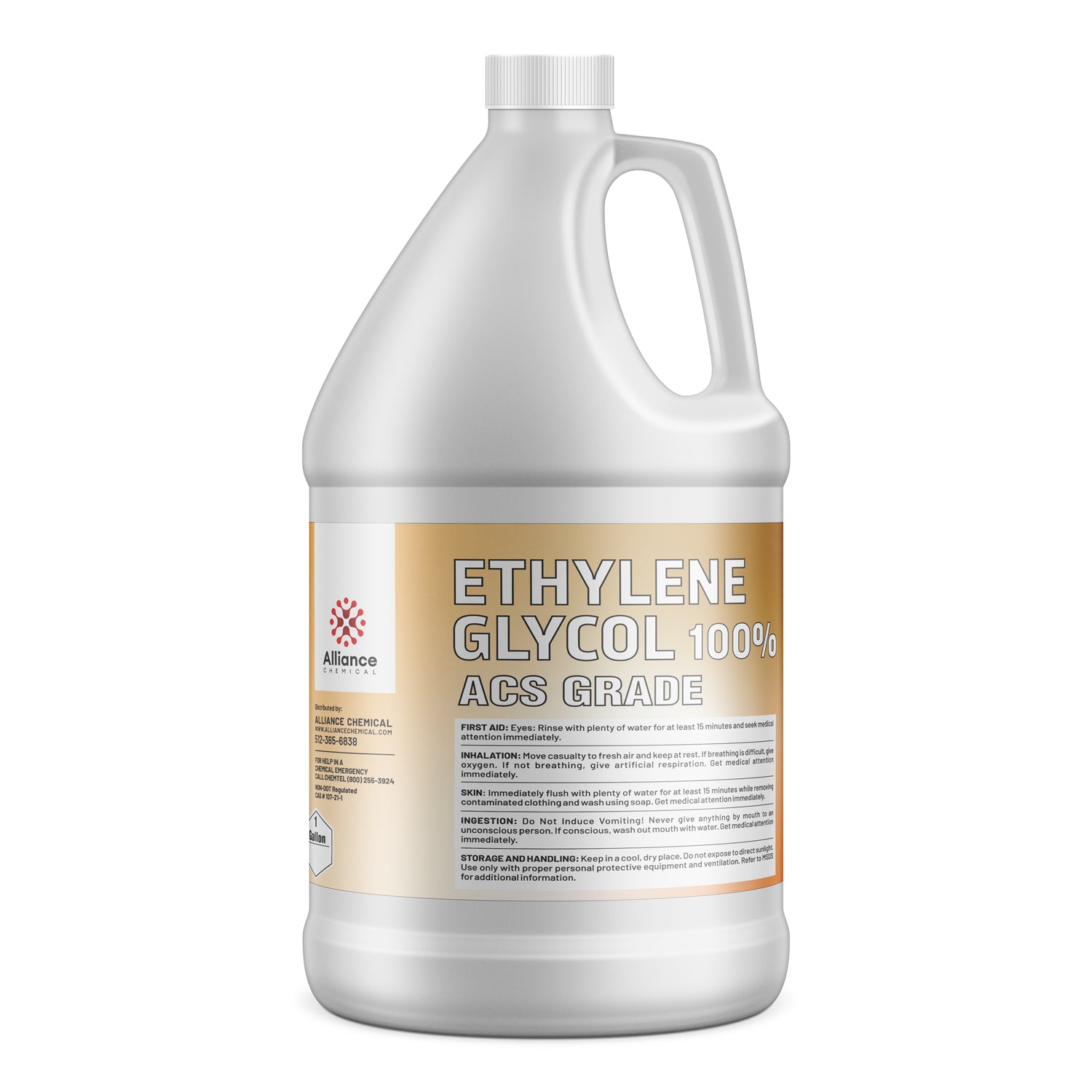
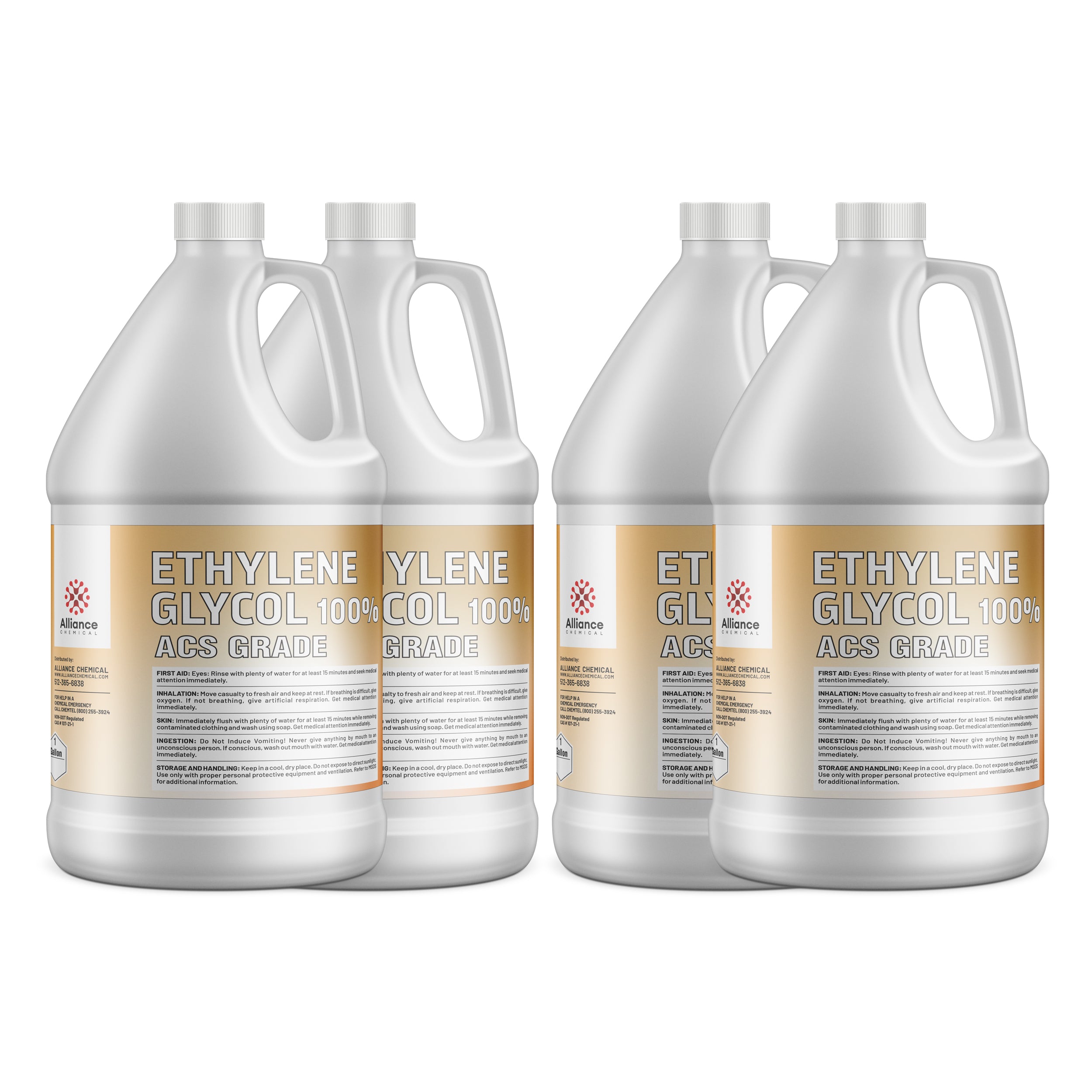
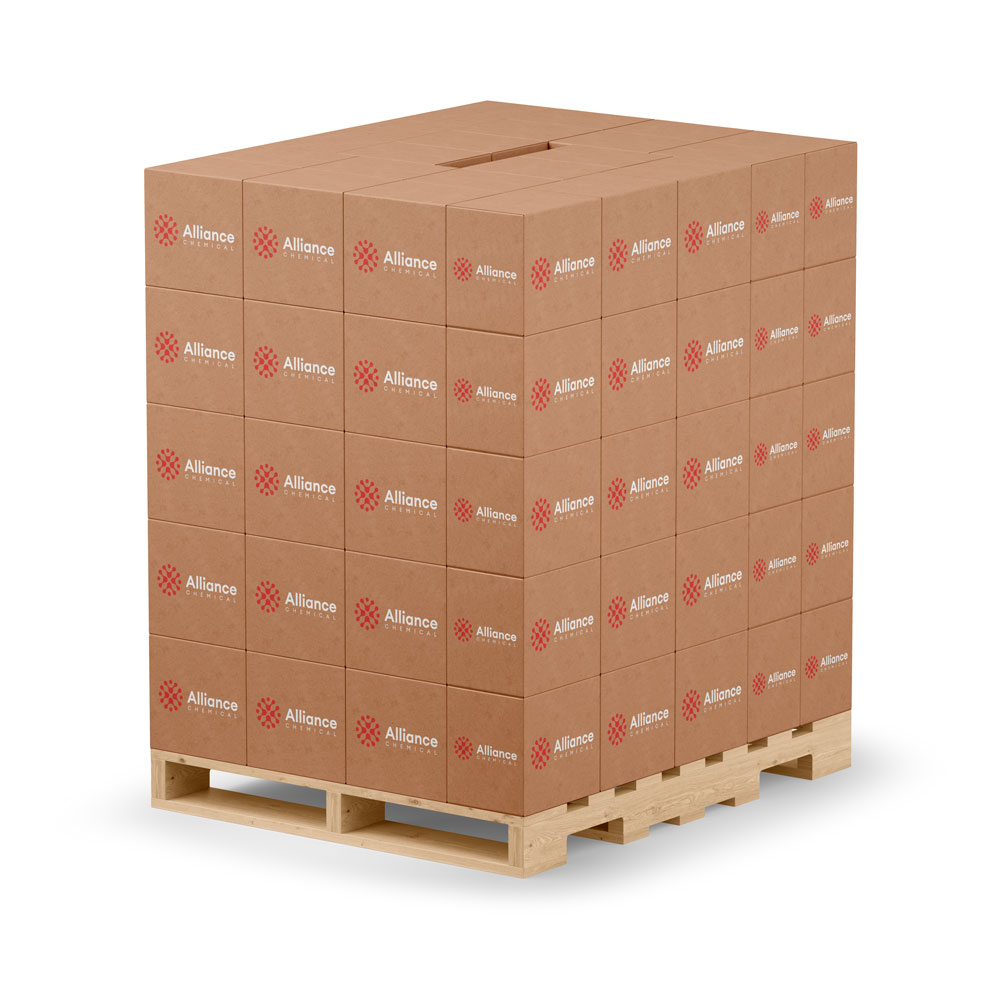
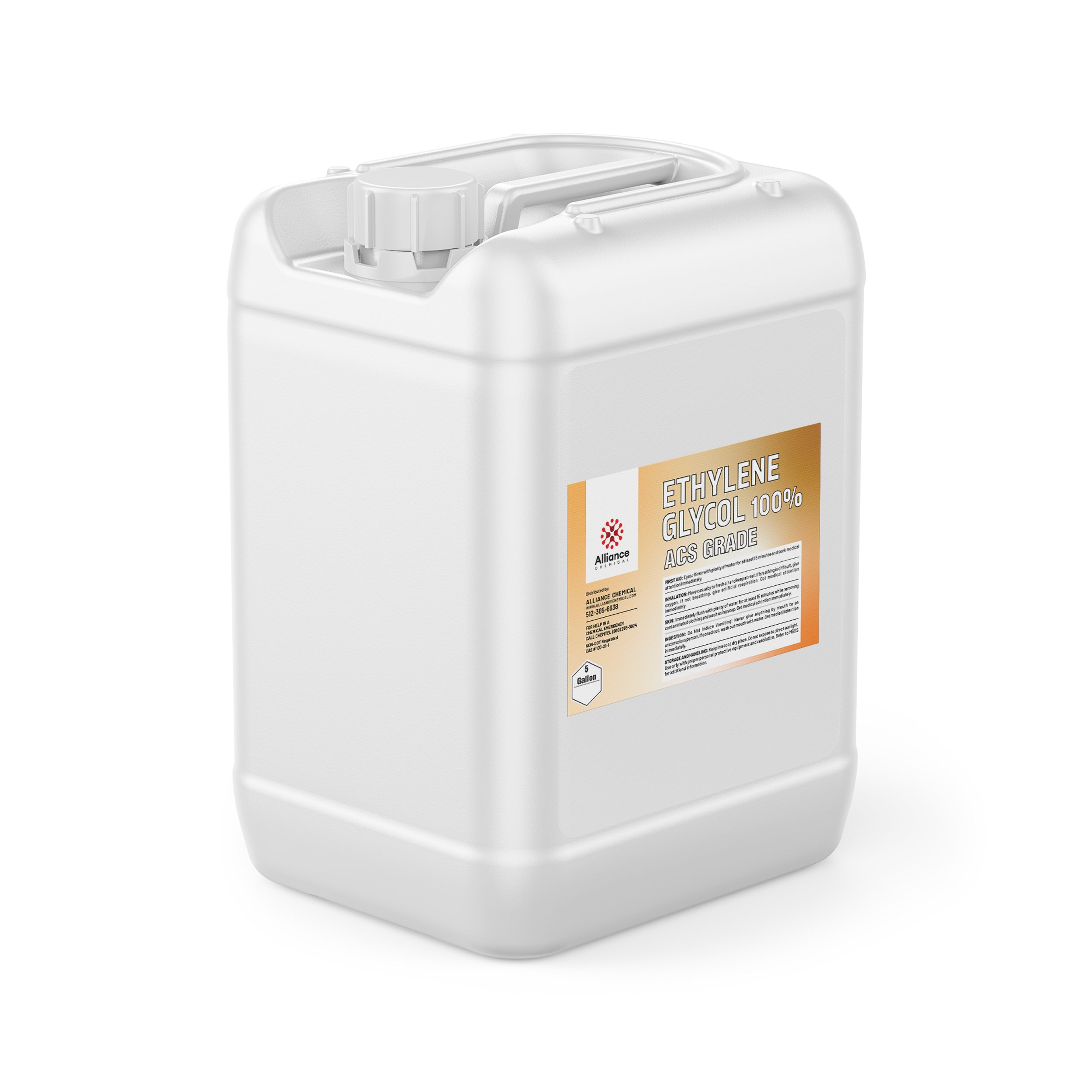

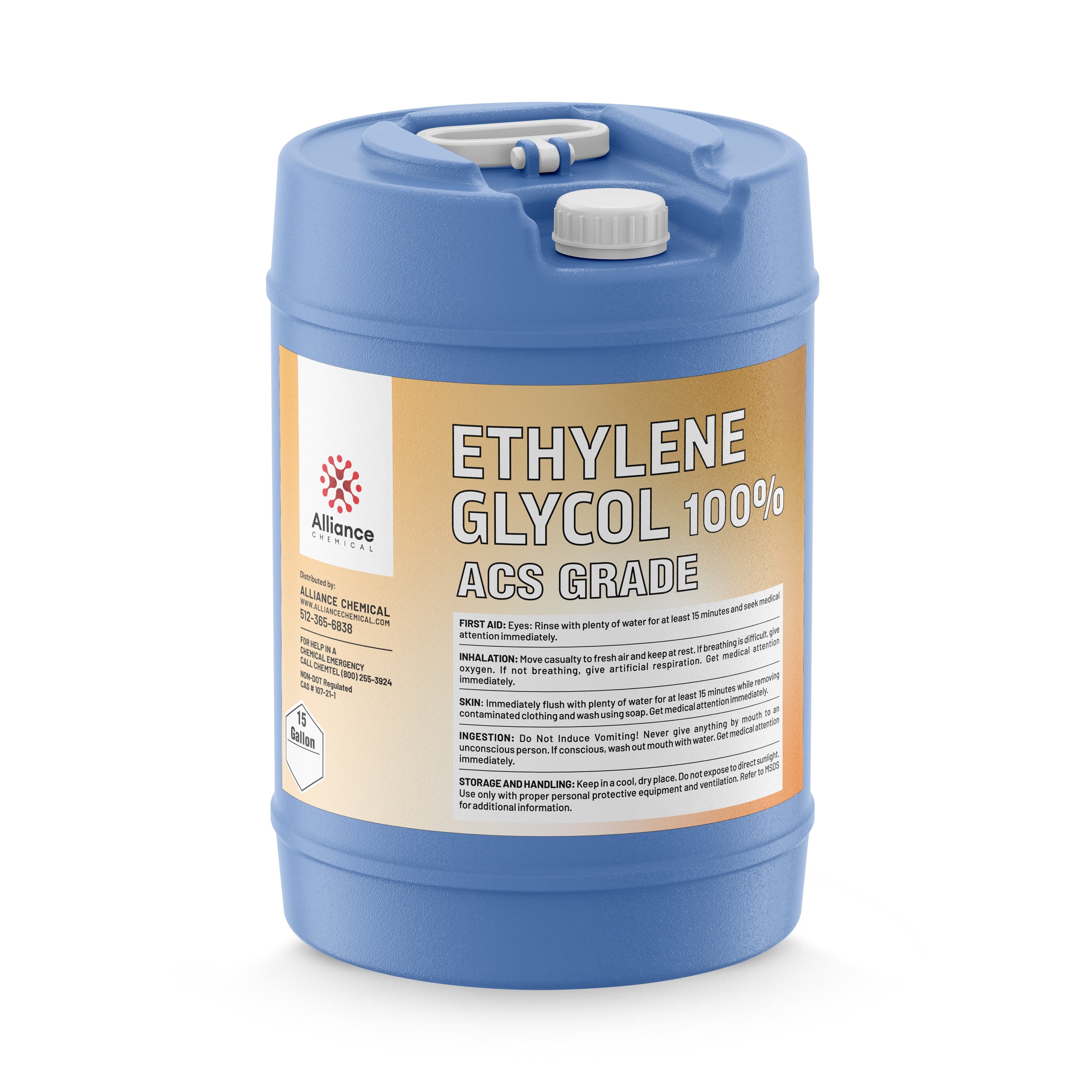
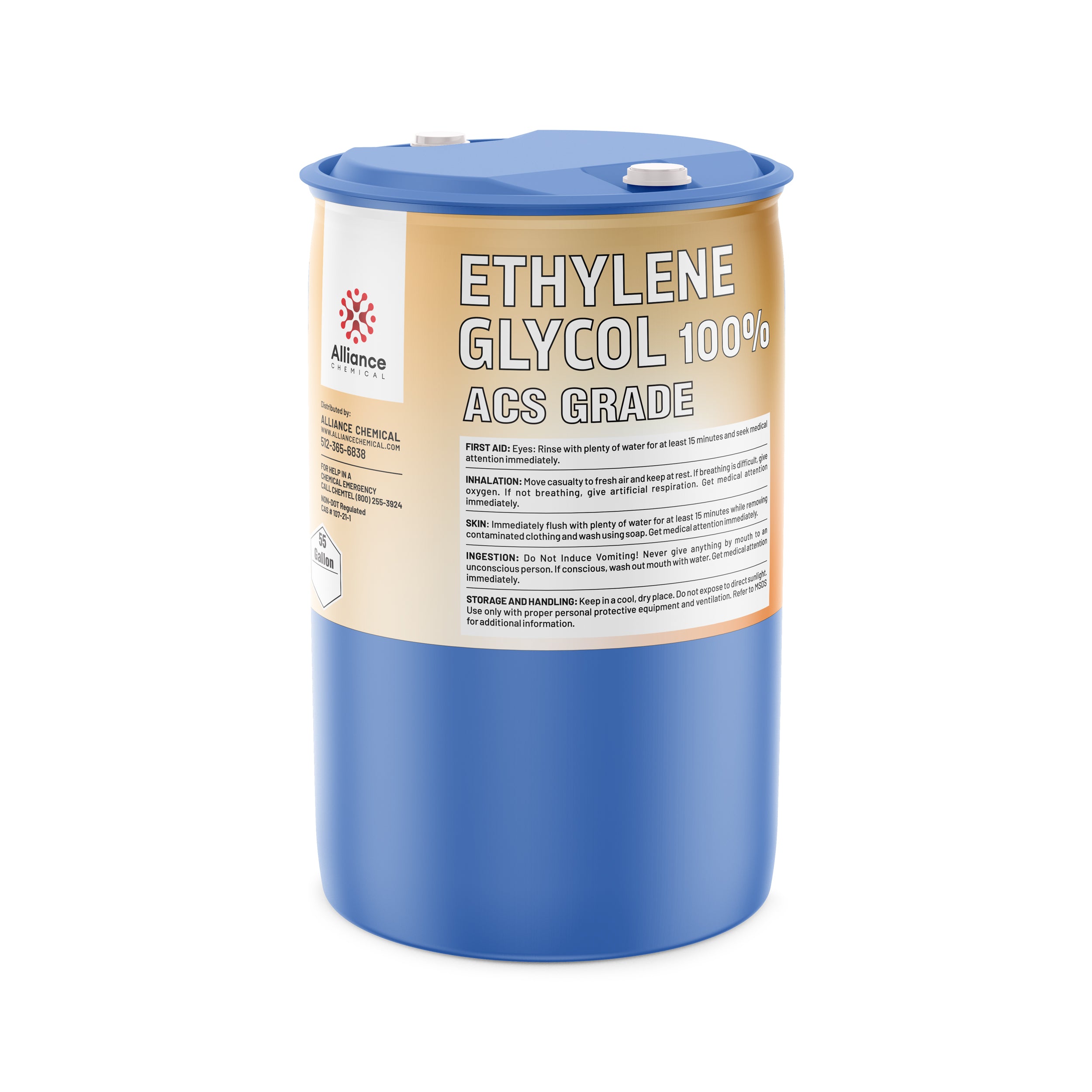
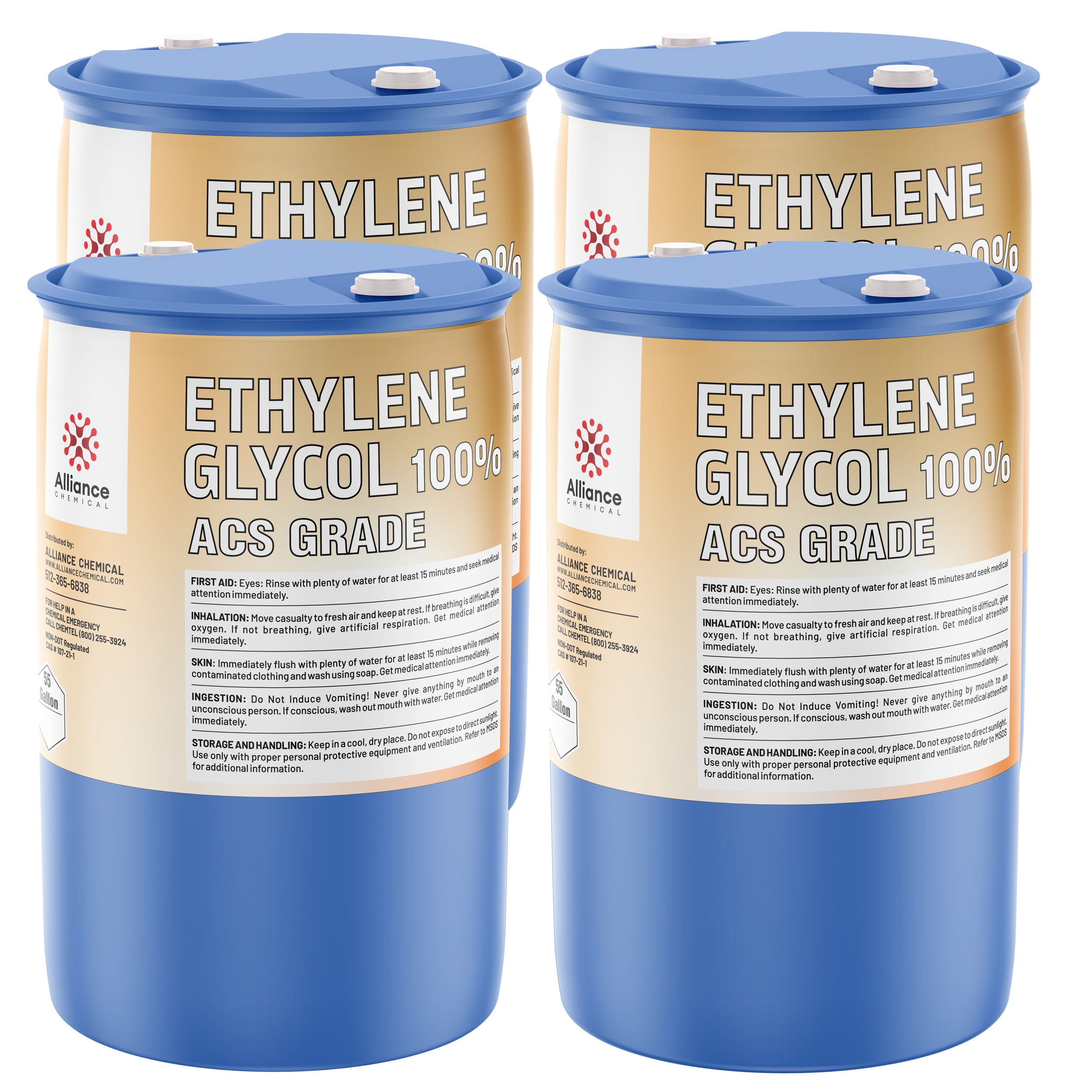
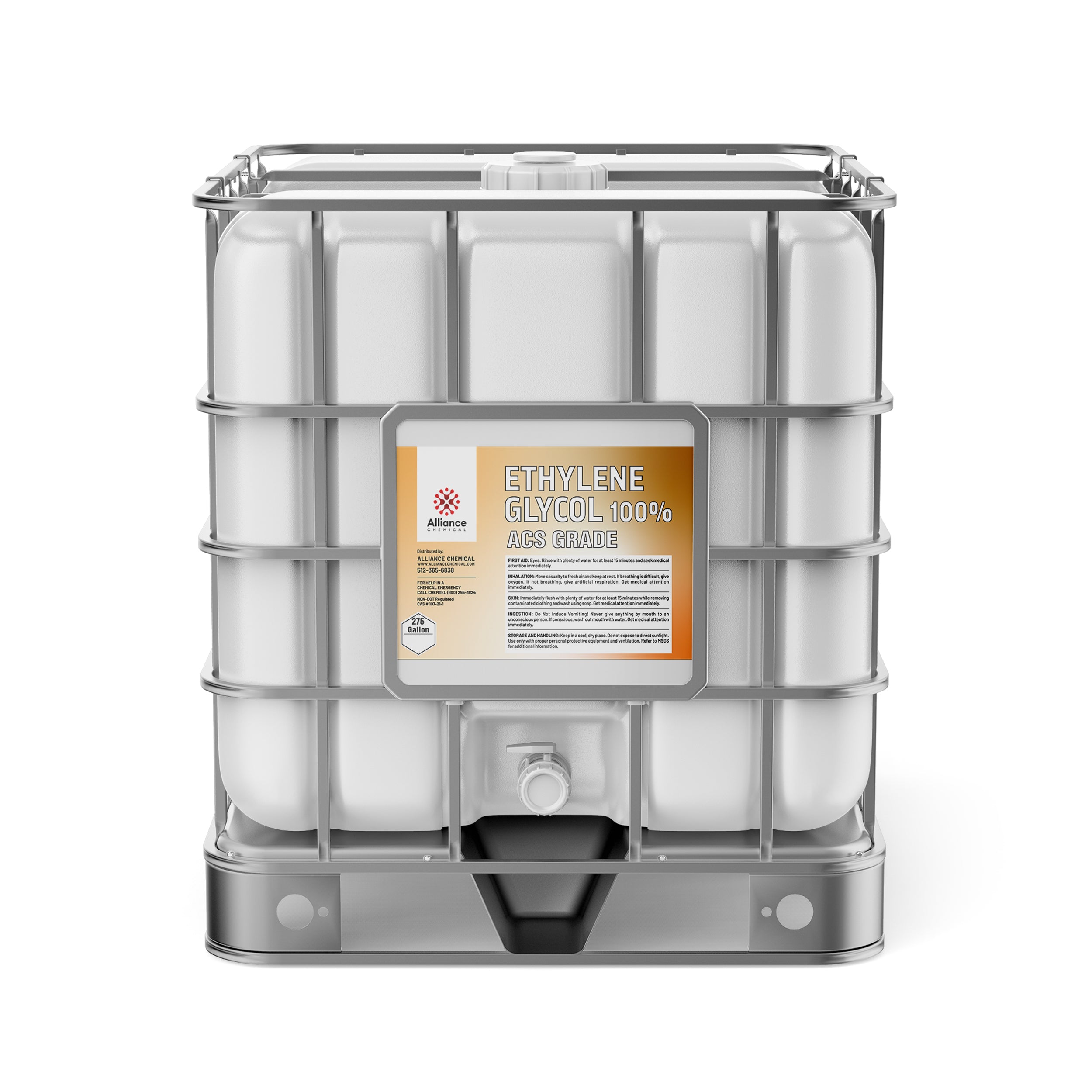
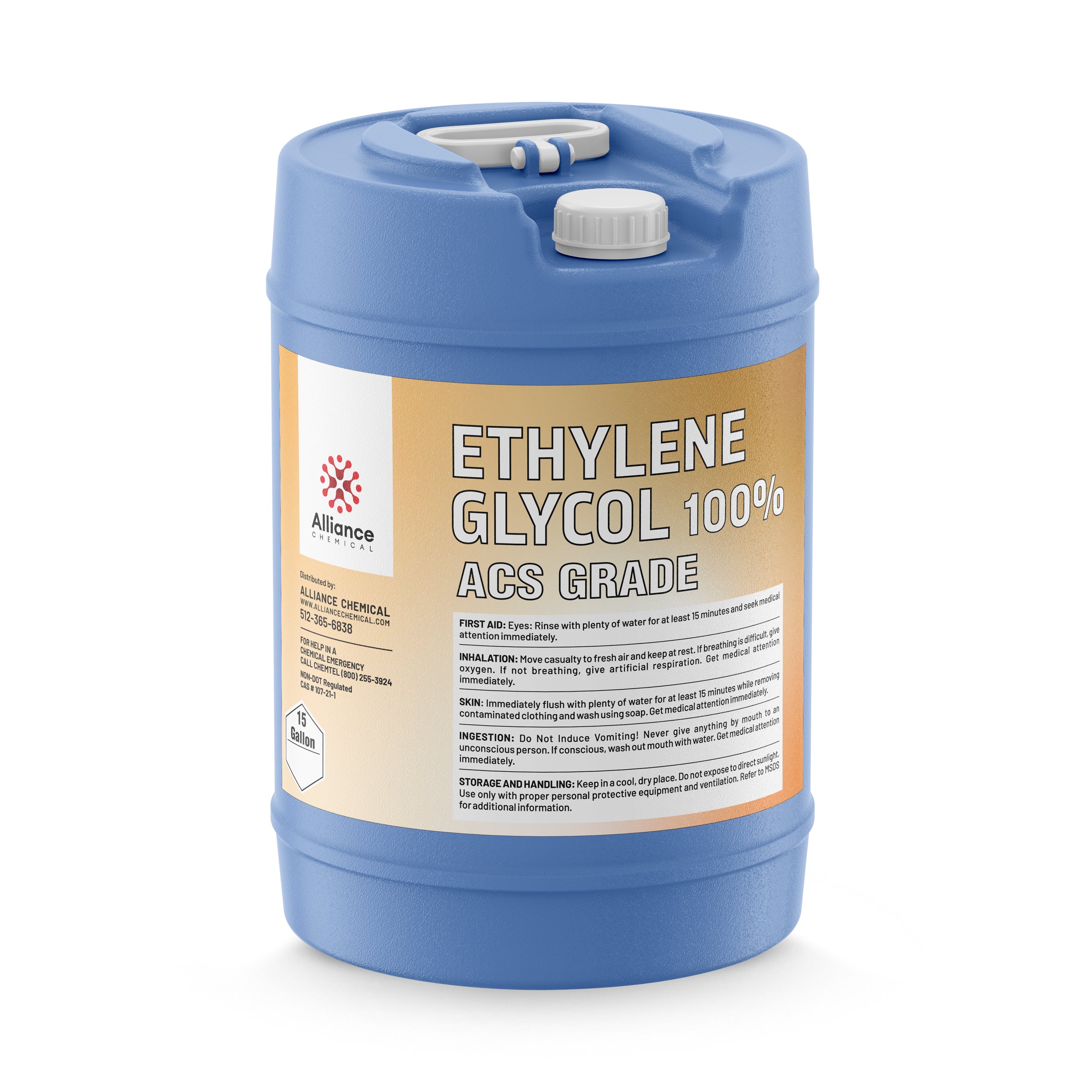
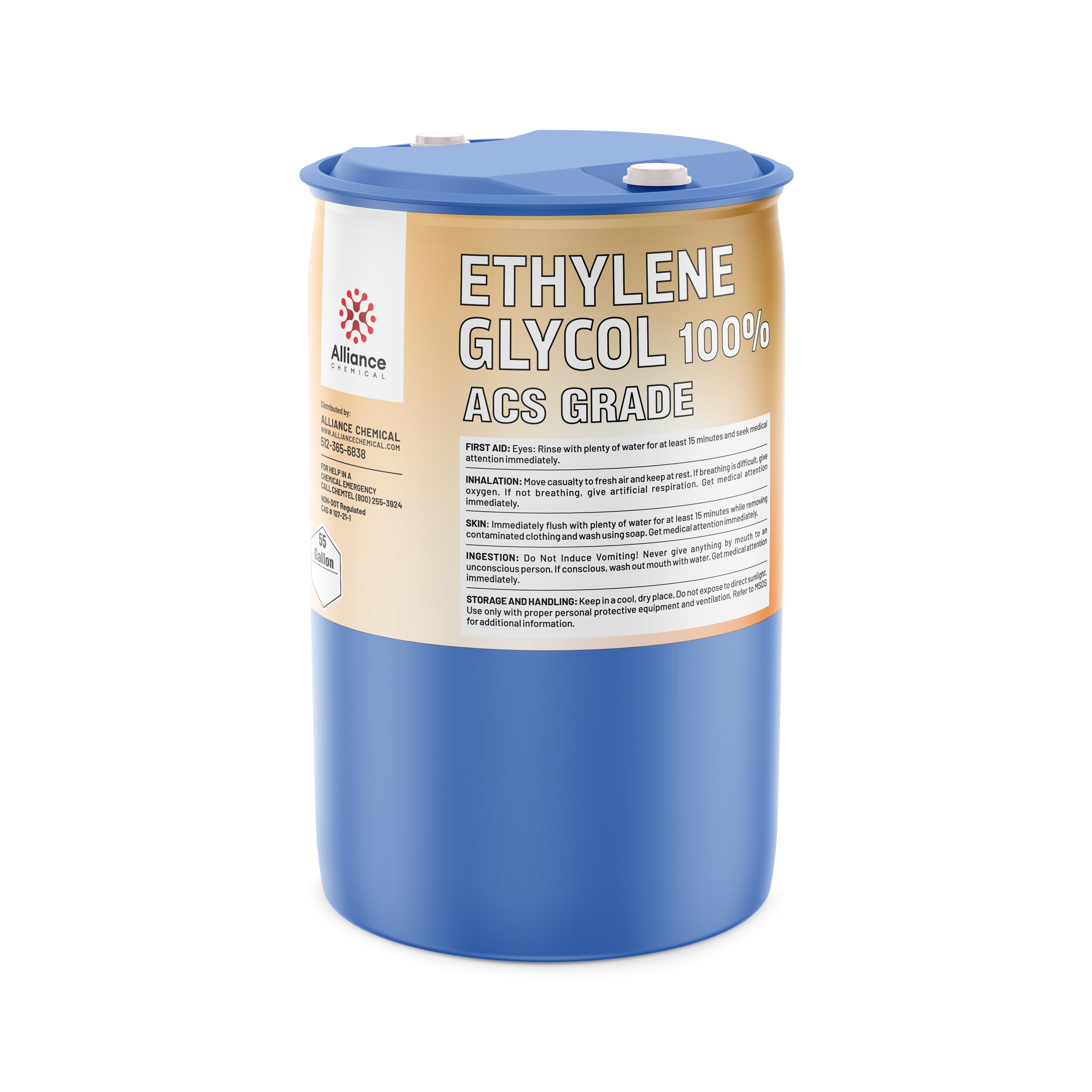
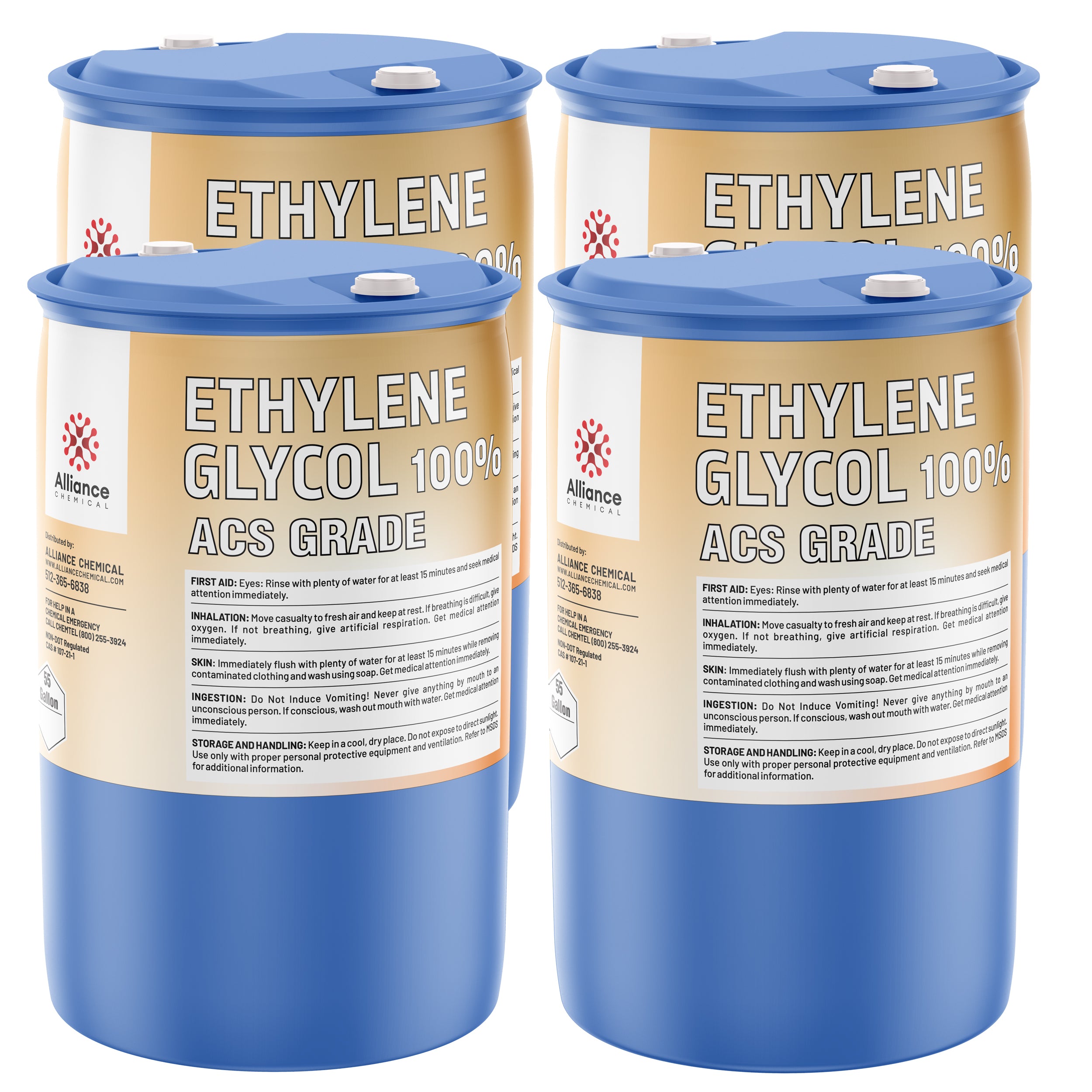
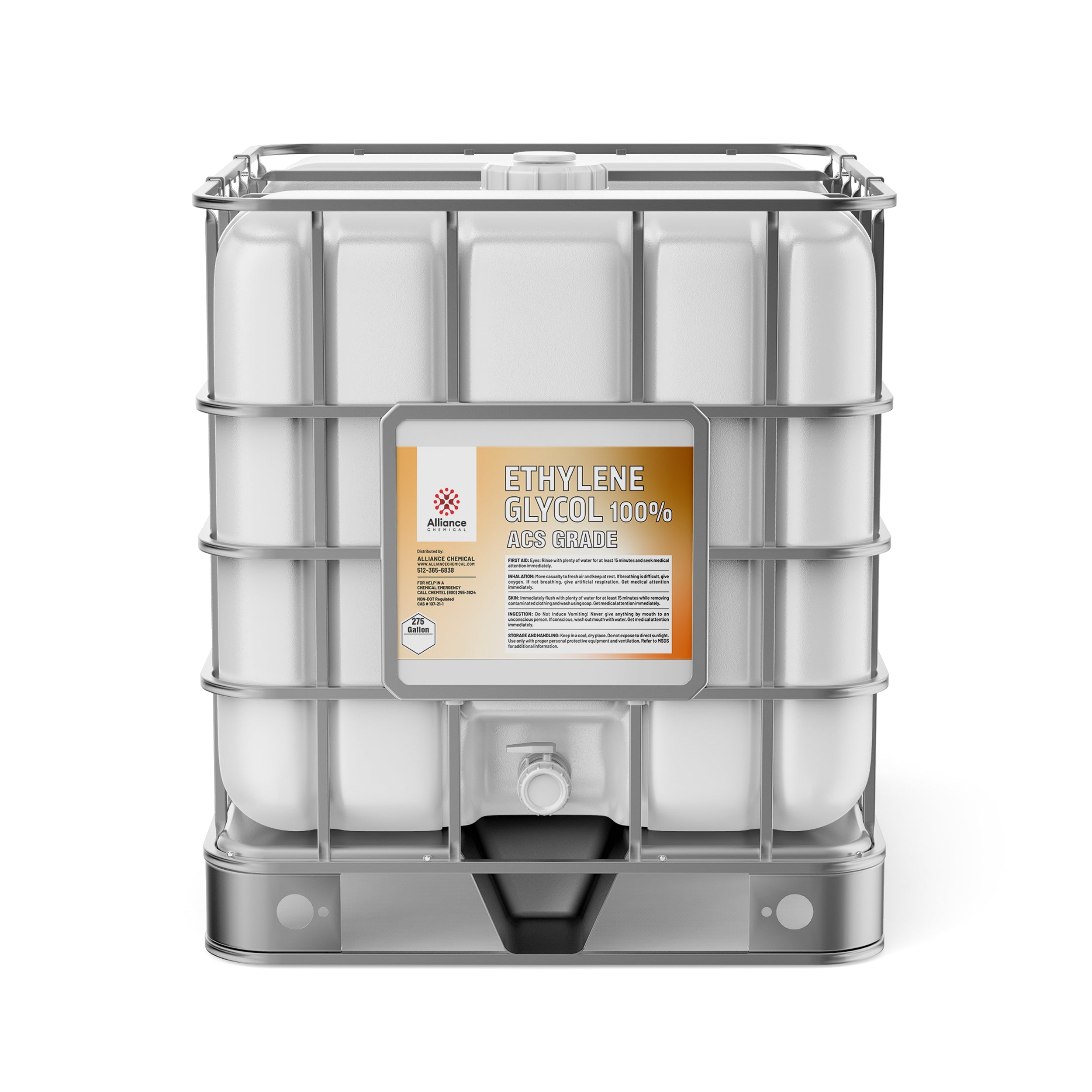
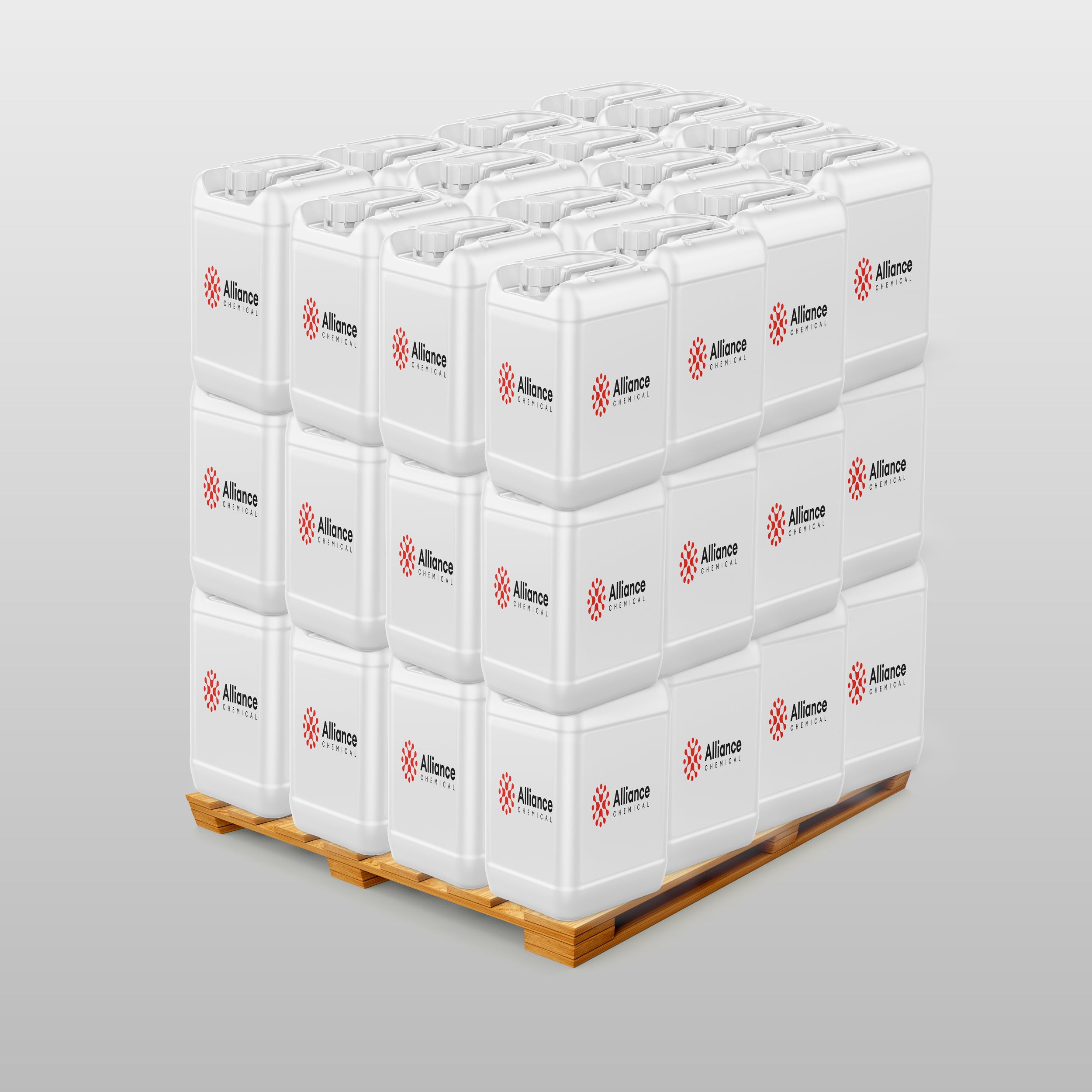
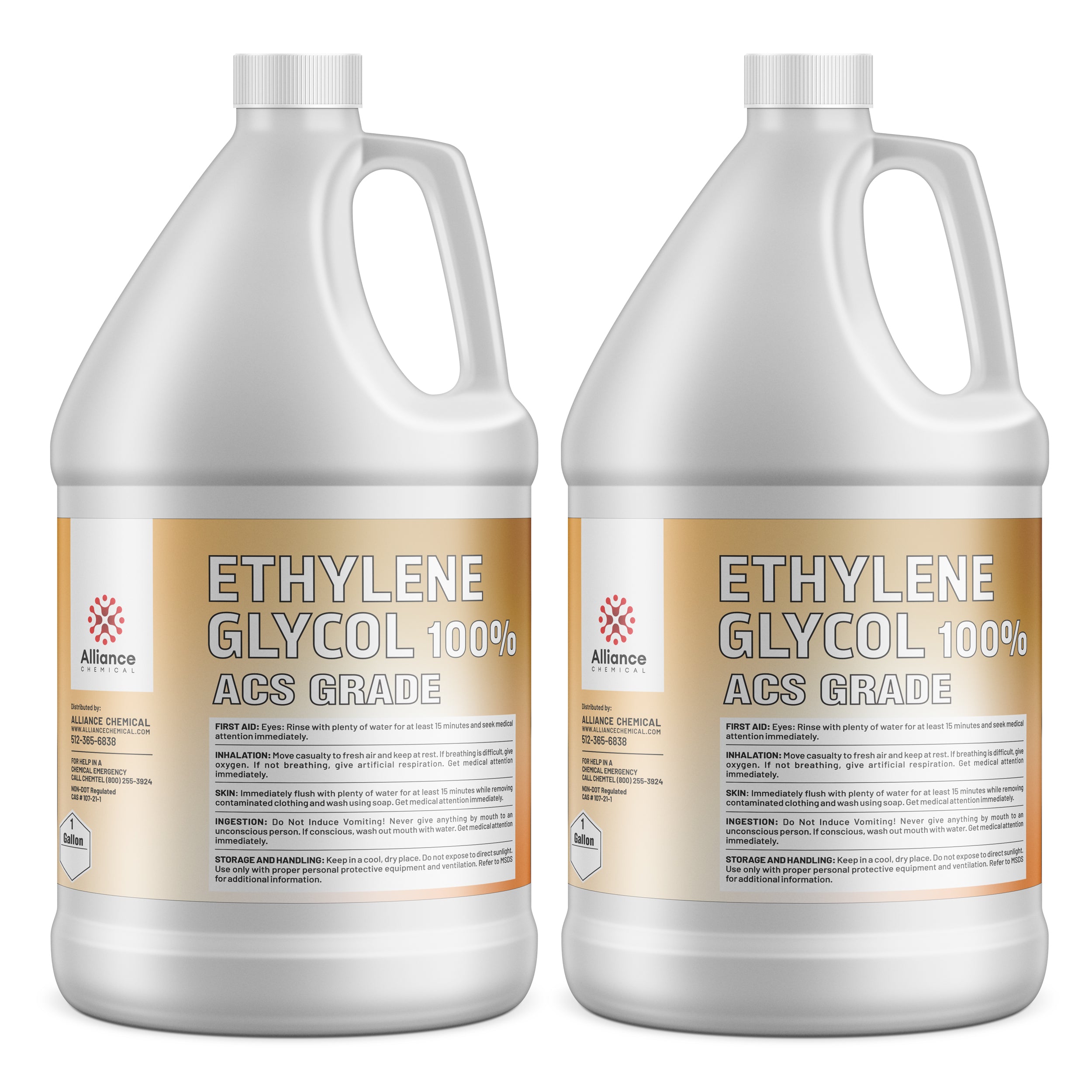
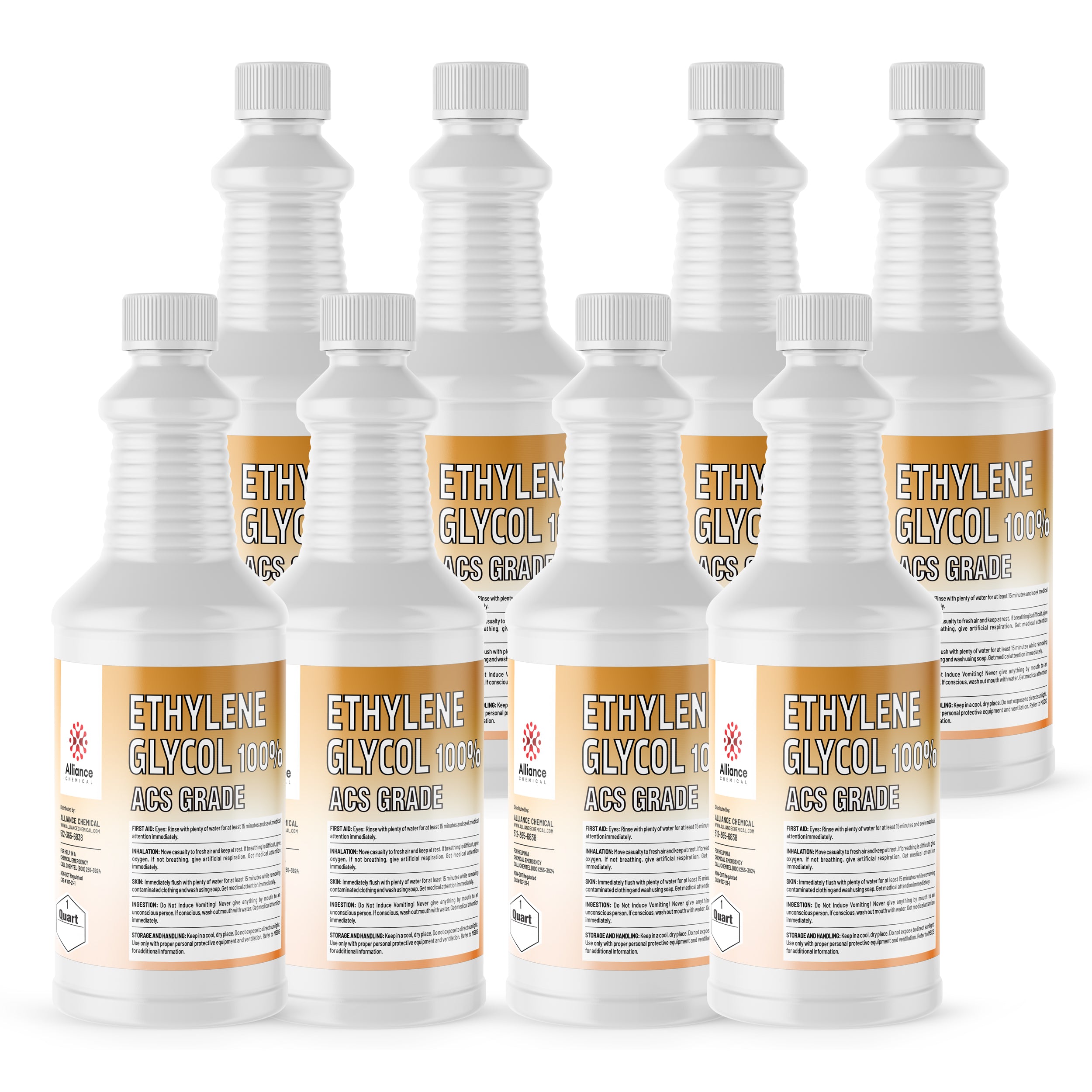
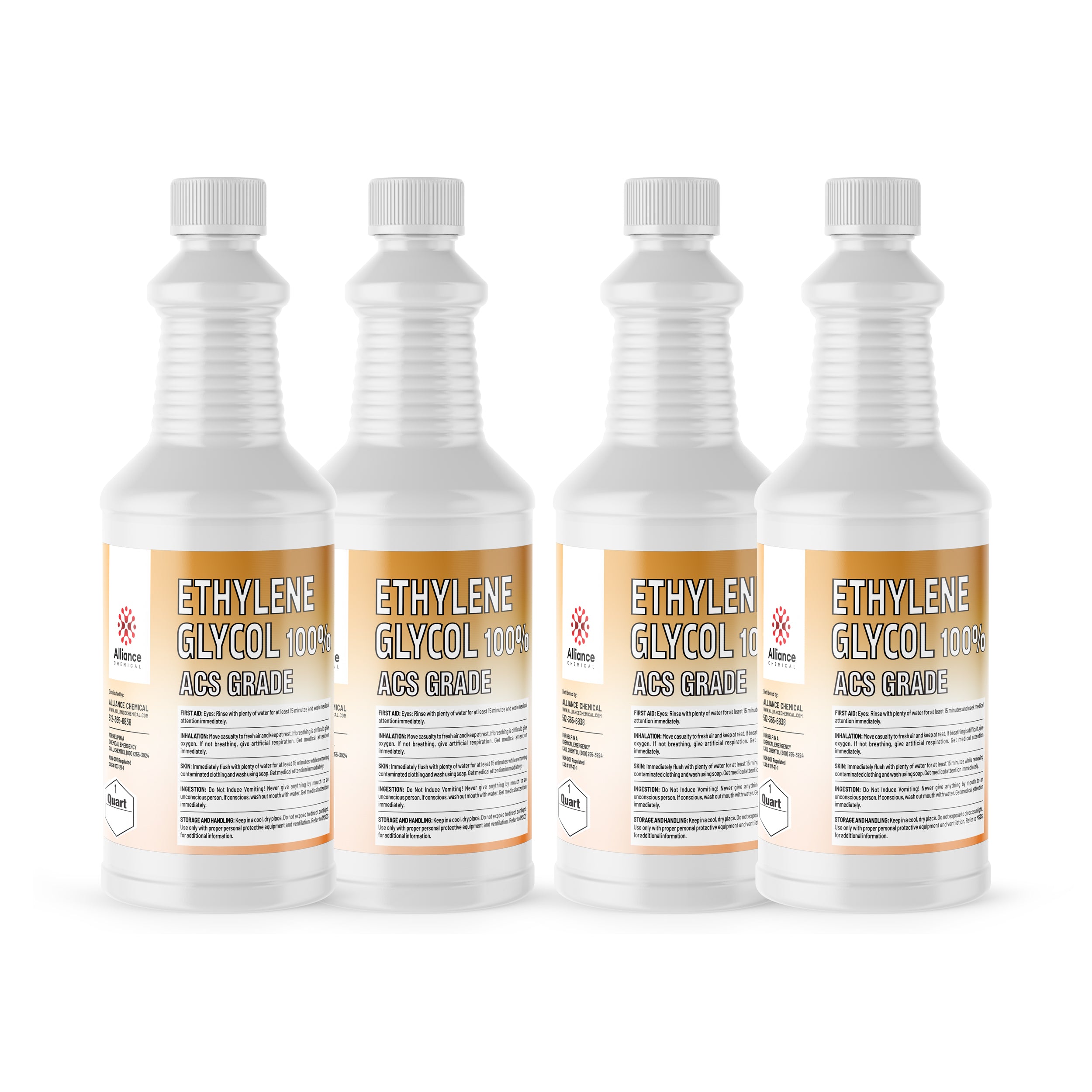

- Description
- Product Documents
Product Overview
Ethylene Glycol, ACS Grade (C₂H₆O₂), is a colorless, hygroscopic liquid with a slightly sweet odor that is widely used as an antifreeze and coolant in automotive systems, as well as a versatile solvent in chemical processing and laboratory workflows. This ACS-grade material is supplied with high assay purity (assay wt% 99–100.5, typical 99.8) and very low water content (water wt% max 0.05, typical 0.02), supporting accurate analytical performance and minimizing interference in precision experiments. Its low residue after ignition (residue after ignition max 0.001%, typical 0.0005) and low color (color α/α max 5, typical 2) further enhance suitability for high-purity applications where trace contaminants could affect results.
In addition to its primary role as a coolant, Ethylene Glycol serves as a robust solvent with excellent miscibility in water and many organic solvents, facilitating a broad range of chemical reactions and chromatographic preparations. The product’s physical properties—boiling point around 197.3°C, freezing point near -12.9°C, and a density of 1.113 g/mL at 25°C—support reliable performance across diverse industrial and laboratory environments. The material is compatible with standard storage containers (HDPE or glass) and is supplied for ACS and USP-NF monograph compliance, delivering consistent quality for routine testing, formulation development, and process engineering.
Key Properties
- CAS: 107-21-1
- Chemical Formula: C₂H₆O₂
- Molecular Weight: 62.07 g/mol
- Boiling Point: 197.3°C
- Specific Gravity: 1.113 (25°C)
- Density (25°C): 1.113 g/mL
- Appearance: Clear, colorless liquid
- Odor: Slightly sweet odor
- Vapor Pressure (20°C): 0.06 mmHg
- Refractive Index (20°C): 1.431
- Flash Point: 111°C
- Solubility: Miscible with water and many organic solvents
Common Applications
- Antifreeze Agent: Automotive industry use to depress freezing point of coolant and protect engine components during low-temperature operation.
- Solvent for Chemical Reactions: Serves as a versatile medium for a variety of chemical processes and reaction media in chemical manufacturing.
- Hydraulic Fluid: Applied in hydraulic systems for temperature stability and lubrication due to its broad operating temperature range.
- Humectant in Food Products: Used to retain moisture and influence texture in certain formulated foods where regulatory compliance is observed.
- Reagent in Laboratory Applications: Employed as a reagent and solvent in analytical procedures and experimental setups in research laboratories.
Safety Precautions
Storage and handling should follow established chemical hygiene practices: store in a cool, dry place away from direct sunlight in containers made of HDPE or glass, and ensure adequate ventilation to minimize vapor exposure. Keep material away from strong oxidizers and acids; wear appropriate PPE including chemical-resistant gloves, goggles, and a lab coat when handling. Follow SDS-recommended separation from incompatible materials and implement spill containment procedures as part of standard operating protocols.
Emergency and exposure guidance: Ethylene Glycol is designated as a hazardous substance with signal word DANGER. In case of exposure, eyes should be rinsed cautiously with water for several minutes, skin washed with soap and water, and inhalation symptoms managed by moving the person to fresh air and seeking medical advice if symptoms persist. Ingestion requires rinsing of the mouth and avoidance of vomiting; seek medical attention if unwell. Transport classification: UN 1170, Ethylene glycol, Class 3, Packing Group II. In all cases, consult the Safety Data Sheet before use and follow applicable regulatory requirements (ACS/USP-NF monographs, OSHA/OSHA Hazard Communication).
Benefits
✔ High Purity ACS-Grade Quality – Ensures minimal interference in analytical methods and reproducible results across automotive, chemical, and laboratory applications.
✔ Low Water Content and Residue – Reduces cross-contamination risks in sensitive analyses and high-purity processes.
✔ Broad Solvent Compatibility – Effective for both aqueous and organic systems, supporting diverse formulations and reaction media.
| Property | Value |
|---|---|
| Molecular Weight | 62.07 g/mol |
| Formula | C2H6O2 |
| Grade | ACS |
| Form | Liquid |
| Solubility | Soluble in water, alcohol, and other polar solvents |
| Appearance | Clear, colorless liquid |
| Melting Point | -13 °C |
| Boiling Point | 197 °C |
| Specific Gravity | 1.113 |
| Industry | Industrial, Wastewater |
Other top rated products




















4KU-R8Y-8AR
$20.85
Liquid error (snippets/product-blocks line 100): divided by 0
Off
Unit price
/
Shipping Notice: Possible Hazmat Fees
💡 Smart Shipping Tip: Quart & Liter Sizes Often Avoid Hazmat Fees
This size may be classified as hazmat and can incur additional carrier fees. See shipping guide
- ✅ Good news: 1 Quart containers qualify as "Limited Quantity" and bypass hazmat rules
- 💡 Pro tip: Order multiple 1 Quart containers to avoid hazmat fees entirely
- 💰 Hazmat fees can get expensive - especially for larger containers (carrier charges, not our markup)
- 🚚 Ground shipping only - no expedited options for sizes over 1 Qt/1L
Required by 49 CFR § 173.150 for chemical containers larger than 1 quart. Actual fees shown at checkout. View our complete shipping guide →
✅ Great Choice! No Hazmat Fees
1 Quart containers qualify as "Limited Quantity" and avoid hazmat shipping fees.
- 🚀 Faster shipping: Eligible for expedited shipping options including air transport
- 💰 No hazmat fees: Ships as "Limited Quantity" per DOT regulations
- 📦 Convenient size: Perfect for testing or smaller applications
- ♻️ Smart choice: Order multiple quarts to get the volume you need without hazmat charges
Exempted under 49 CFR § 173.150 Limited Quantity provisions for containers ≤1 liter/quart. Learn more in our shipping guide →
Size:
Variation:
-
$20.85Delivery every$19.81
-
$27.06Delivery every$25.71
-
$36.29Delivery every$34.48
-
$50.58Delivery every$48.05
-
$40.07Delivery every$38.07
-
$61.05Delivery every$58.00
-
$99.55Delivery every$94.57
-
$3,028.78Delivery every$2,877.34
-
$152.74Delivery every$145.10
-
$580.18Delivery every$551.17
-
$4,118.31Delivery every$3,912.39
-
$373.52Delivery every$354.84
-
$1,044.84Delivery every$992.60
-
$3,320.60Delivery every$3,154.57
-
$3,824.31Delivery every$3,633.09
-
$4,359.71Delivery every$4,141.72
Compare Products
| Price |
|---|
| SKU |
| Rating |
| Discount |
| Vendor |
| Tags |
| Weight |
| Stock |
| Short Description |
